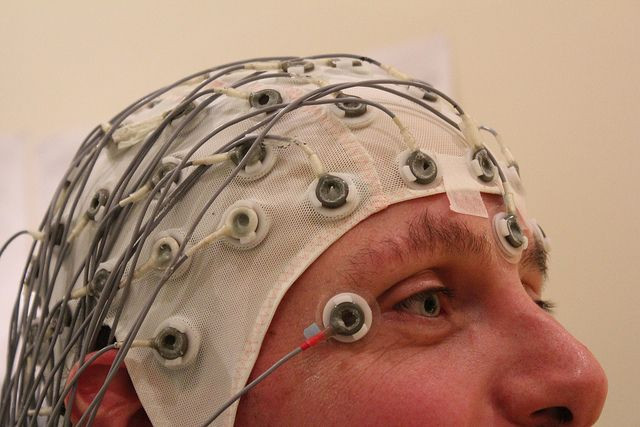Cognitive Map Can Show In Real-Time When Memories Form, Thanks To Place Cells In The Brain

Scientists at Johns Hopkins University believe they’ve discovered the specific mechanism by which new memories form, allowing them to peer into rats’ brains and assess in real-time the exact moment the animals record an experience.
The new study, published in Nature Neuroscience, adds to a growing body of research into memory formation that could one day inform Alzheimer’s disease treatment. People who suffer from certain forms of brain trauma may also one day benefit from this research. In the meantime, researchers are gathering information about how the brain works so that scientists can create a fuller picture of the all-too-mysterious human brain.
"This is like seeing the brain form memory traces in real time," said James Knierim, senior author of the research and neuroscience professor at JHU, in a statement. "Seeing for the first time the brain creating a spatial firing field tied to a specific behavioral experience suggests that the map can be updated rapidly and robustly to lay down a memory of that experience."
To update so rapidly, the brain relies on a set of neurons known as place cells. These neurons live in the hippocampus — the area of the brain responsible for storing and recalling memories, both factual (things like your phone number and name) and episodic (experiences, like what you had for dinner and where you spent last summer). When you leave one location and enter another, a new set of place cells activates. The collection of these pinned locations eventually forms a cognitive map, essentially a mental layout of the abstract memories you’ve formed in the environments you’ve inhabited.
JHU scientists constructed the lab rats’ particular cognitive maps by putting them on a circular track. They then observed the rats’ brain behavior — in their hippocampi, in particular — to see how the place cells fired when the rats made return trips to locations they’d already visited. When the rats turned their heads to take in their surroundings, their place cells fired. When they made trips to these places a second and third time, the same cells fired. This signaled to the team that the rats had formed a memory.
The mechanism is fairly intricate. On the one hand, there is the brain pathway that delivers information about the spatial coordinates of the rat, while on the other, there is the pathway that delivers information about the surrounding details of things that populate those coordinates. "When you experience a new item in the environment,” Knierim explained, “the hippocampus combines these inputs to create a new spatial marker of that experience."
Ultimately, the team hopes this real-time data could inform future studies that test place cells’ stability and memory retention. In regard to Alzheimer’s patients and brain trauma victims, the research could help explain which memories, in what contexts, people form. It may be the case, for instance, that someone with Alzheimer’s forms new memories in familiar places but can’t marshal their place cells in foreign contexts. Being able to see this brain activity as it happens would let researchers know for sure.
"Since the hippocampus and surrounding brain areas are the first parts of the brain affected in Alzheimer's,” Knierim said, “we think that these studies may lend some insight into the severe memory loss that characterizes the early stages of this disease."
Source: Monaco J, Rao G, Roth E, Knierim J. Attentive scanning behavior drives one-trial potentiation of hippocampal place fields. Nature Neuroscience. 2014.



























